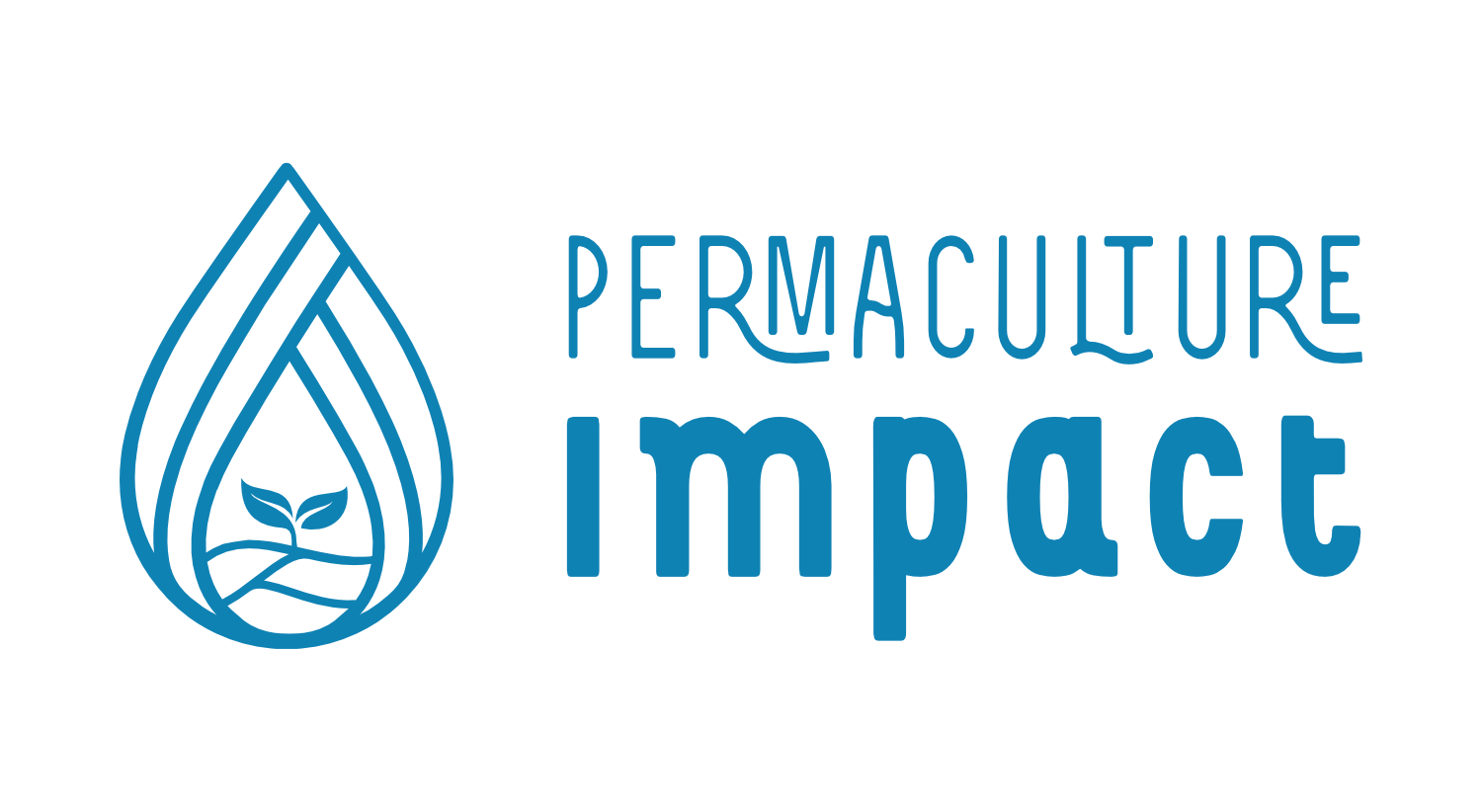The role of the scientific method
The scientific method is a tool to ensure your evaluation is clear, accurate, and fair. It helps you collect reliable data, ask the right questions, and draw meaningful conclusions about your project.
What is the Scientific Method?
The scientific method is a step-by-step process for exploring and understanding the world. In evaluation, it helps you:
- Ask questions: What do we want to learn about the project?
- Make a hypothesis: What do we expect to see happen?
- Collect data: Gather evidence to test your hypothesis.
- Analyze results: Look for patterns and meaning in the data.
- Adjust and improve: Use what you learn to strengthen your project.

Image: The Scientific Method – ©Peter Turner
Why Use It in Evaluation?
By integrating elements of the scientific method into your evaluation, you ensure that:
- The data collected is reliable and directly linked to your goals.
- The conclusions drawn are based on evidence, not assumptions or biases.
- Your evaluation contributes to learning, both for your project and for others working in similar fields.
How to Apply It
- Start with a clear question: For example, “How does the project improve local access to food?”
- Define what to measure: Decide on indicators like “number of households growing vegetables.”
- Gather data carefully: Use methods like surveys, interviews, or direct observation.
- Check your results: Are they consistent with your expectations? What surprises you?
- Share and act: Use the findings to make informed changes to your project.
By applying the scientific method, your evaluation becomes a reliable guide for understanding and improving your project’s impact.
